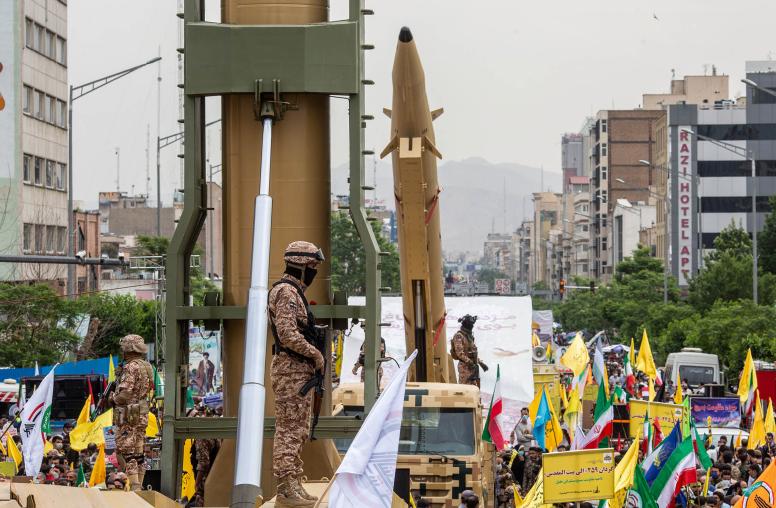Pakistan’s Approach to Navigating the Saudi-Iranian Split
Since 2015, the deteriorating relationship between Saudi Arabia and Iran—the self-appointed vanguards of Sunni and Shia Islam, respectively—has brought forth a new cold war in the Middle East. Pakistan has spent decades striking a delicate balance between the two countries, but Riyadh’s and Tehran’s increasingly divergent interests are making it difficult to avoid choosing sides. This report examines the factors driving Islamabad’s foreign policy toward Saudi Arabia and Iran, as well as the implications for the United States in South Asia and the Middle East.
Summary
- For decades, Pakistan has hewed closer to Saudi Arabia than to Iran, but successive Pakistani civilian and military leaders have pursued a more even-keeled foreign policy to avoid being perceived as pro-Saudi and anti-Iranian.
- In 2015, Pakistan remained neutral as a Saudi-led coalition embarked on a military campaign in Yemen against Iran-aligned Houthis. Subsequent Pakistani moves highlighted its sensitivity to Saudi perceptions of insecurity.
- Following the worsening in Saudi-Iranian relations in January 2016 after Saudi Arabia’s execution of a prominent Shia sheikh, Pakistan’s attempts at shuttle diplomacy and mediation were clear evidence of its interest in avoiding a regional cold war in the Middle East.
- As much as Pakistan’s civilian leaders have tried to avoid an overtly public tilt in the country’s foreign policy toward Saudi Arabia, close military and economic ties ensure that Pakistan likely would choose Saudi Arabia over Iran, should it be forced to pick sides.
- Economic ties between Iran and Pakistan have flourished since the conclusion of the Joint Comprehensive Plan of Action on Iran’s nuclear program in 2015. However, the US decision to withdraw from the agreement threatens to destabilize the Iran-Pakistan relationship.
- Even as Pakistan has maintained its independence in light of Saudi requests with regard to Yemen, it has been less willing to apply diplomatic leverage on Saudi Arabia in an attempt to shape its regional calculus in the Middle East.
About the Report
This report examines the factors that have influenced Pakistan’s approach to navigating the ever-sharpening geopolitical split between Iran and Saudi Arabia since 2015. Supported by USIP’s Asia Center, the report examines factors driving Islamabad’s foreign policy toward Tehran and Riyadh and discusses the implications for the United States in South Asia and the Middle East.
About the Author
Ankit Panda is a senior editor at The Diplomat and an adjunct senior fellow at the Federation of American Scientists. A graduate of the Woodrow Wilson School of Public and International Affairs at Princeton University, his writing has appeared in the New York Times, Politico, and War on the Rocks.



